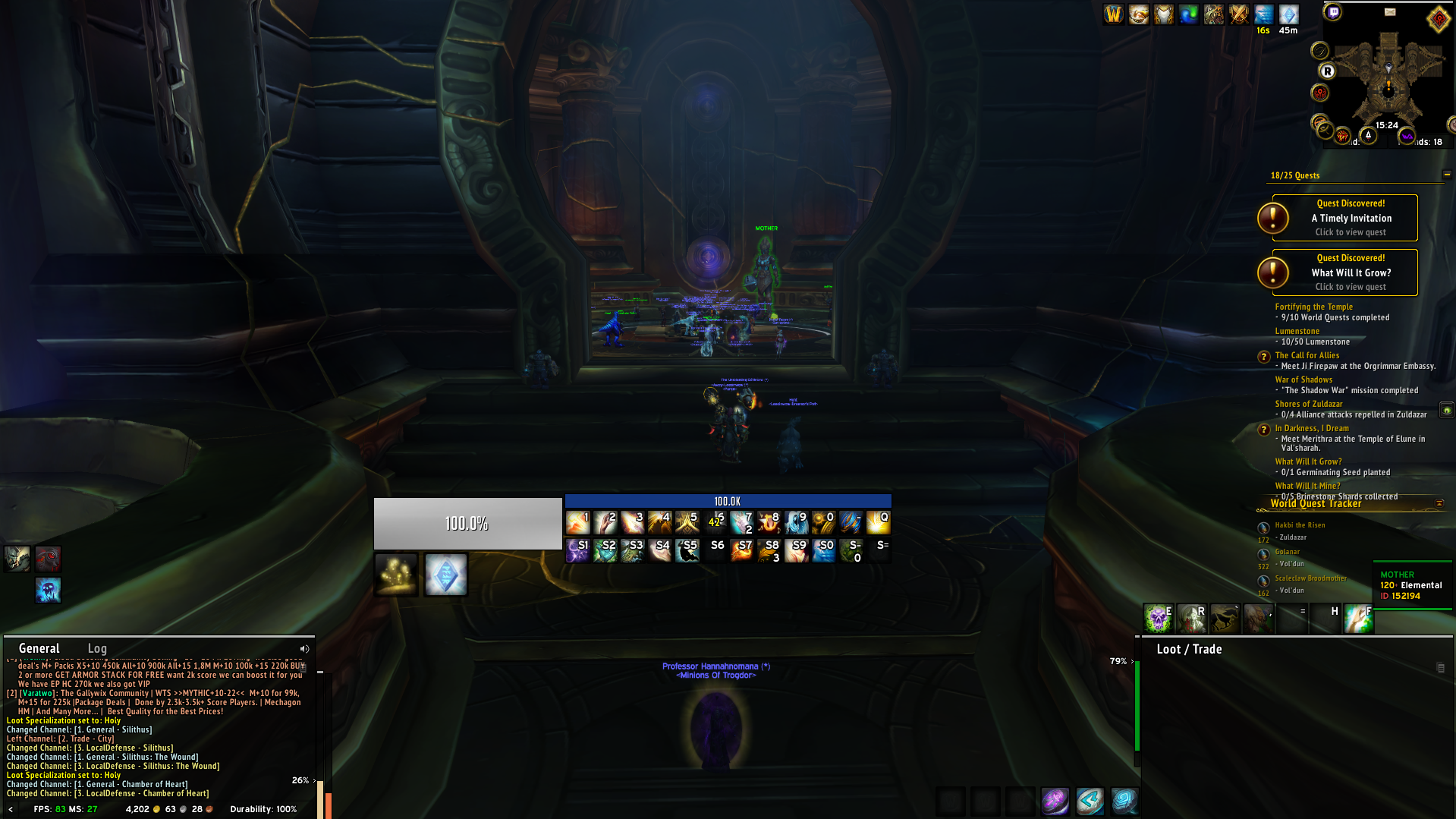
This phase typically lasts from several hours to up to three days. The headache phase of a migraine attack is characterized by pain on one or both sides of the head. In about 20% of individuals, the aura may last longer than 60 minutes and in some, the aura may not precede the headache phase but occur after the headache has already started. Not all auras are followed by headaches, but since they typically precede the headache phase, they can serve as another warning of a potential headache. These symptoms usually gradually evolve over at least 5 minutes and can last for up to 60 minutes. People experiencing aura might endure periods of blurry vision or vision loss, or the appearance of geometric patterns, flashing or shimmering lights, or blind spots in one or both eyes. Like other phases, aura doesn’t necessarily occur during every migraine attack in those who experience them. Up to one-third of people with migraine experience aura as a distinct phase in the progression of their migraine attack. Symptoms that are especially unique to the prodrome phase of migraine include yawning, cravings for certain foods, and frequent urination. Other symptoms may include fatigue, sensitivity to light and sound, insomnia, nausea, constipation or diarrhea, and muscle stiffness, especially in the neck and shoulders. Prodrome symptoms vary from person to person but can include changes in mood, from feelings of depression or irritability to difficulty focusing. foods, alcohol), and practicing mindfulness meditation, relaxation therapy, or other biobehavioral techniques, can even prevent headache in some cases.

During this phase, taking medication, minimizing/avoiding other trigger factors (e.g. If a person with migraine is experiencing prodrome, his or her care team can study their symptoms and patterns to guide a treatment plan that may lessen the severity of the oncoming headache. Most people with migraine will experience prodrome, but not necessarily before every migraine attack. This phase can last several hours or may even occur over several days. Additionally, identifying risk factors that can contribute to postdrome “hangovers” may help individuals anticipate the duration of their attack and its aftereffects.Īlso known as “preheadache” or the premonitory phase, prodrome can mark the beginning of a migraine attack. Identifying and treating a migraine early can even help prevent the symptoms for some people. Symptoms associated with the earliest stages of a migraine attack, like the fatigue and blurred vision that can accompany the prodrome and aura stages, can serve as warning signs and signal the need for abortive medication.

Migraine attacks have distinct phases, and understanding them can help people manage their disease.

Understanding Migraine Progression Can Help You Anticipate & Manage Your Symptoms


 0 kommentar(er)
0 kommentar(er)
